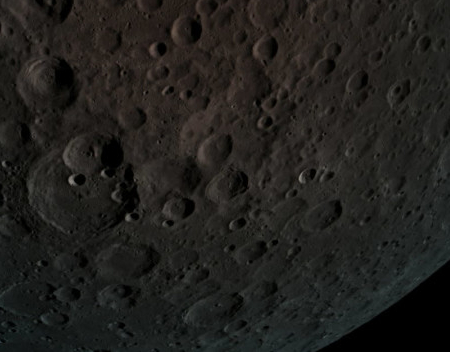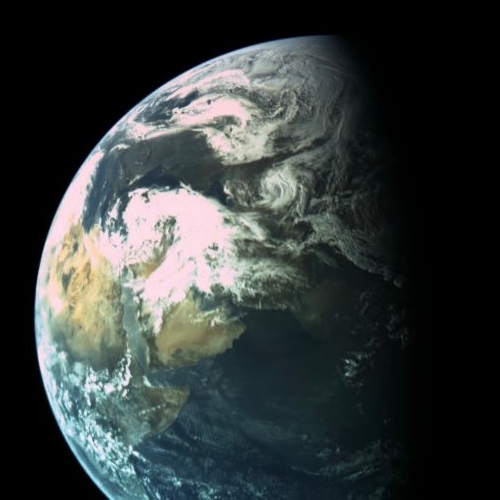ULA to fly Vulcan components on Atlas 5 flights
Capitalism in space: In order to speed the development of its next generation commercial rocket, the Vulcan Centaur, ULA will fly Vulcan components as they are developed on its Atlas 5 rocket.
The first Vulcan technology to fly on Atlas 5 will be new payload fairings from Swiss supplier Ruag built using an “out-of-autoclave” production process that enables fairing halves to be produced as one piece, a process Ruag says lowers production time and costs. “The out-of-autoclave fairings, which are manufactured by Ruag, and now in the U.S. — they are in a factory next to ours in Decatur — that’s going to fly on Atlas 5 this year,” Louradour said.
Sometime in 2020 they will then fly an Atlas 5 launch using the solid rocket boosters Northrop Grumman is building for Vulcan.
This is not really news. When ULA announced their plans to build Vulcan in 2015, they said then that they intended to transition from Atlas 5 to Vulcan over time, slowly introducing components on Atlas 5 until it was entirely replaced.
Nonetheless, it shows that ULA is adopting some of the the same common sense development procedures used by SpaceX. By taking advantage of launches as they happen, they can speed development. And they need to do this in order to keep pace with SpaceX.
Isn’t competition wonderful?
Capitalism in space: In order to speed the development of its next generation commercial rocket, the Vulcan Centaur, ULA will fly Vulcan components as they are developed on its Atlas 5 rocket.
The first Vulcan technology to fly on Atlas 5 will be new payload fairings from Swiss supplier Ruag built using an “out-of-autoclave” production process that enables fairing halves to be produced as one piece, a process Ruag says lowers production time and costs. “The out-of-autoclave fairings, which are manufactured by Ruag, and now in the U.S. — they are in a factory next to ours in Decatur — that’s going to fly on Atlas 5 this year,” Louradour said.
Sometime in 2020 they will then fly an Atlas 5 launch using the solid rocket boosters Northrop Grumman is building for Vulcan.
This is not really news. When ULA announced their plans to build Vulcan in 2015, they said then that they intended to transition from Atlas 5 to Vulcan over time, slowly introducing components on Atlas 5 until it was entirely replaced.
Nonetheless, it shows that ULA is adopting some of the the same common sense development procedures used by SpaceX. By taking advantage of launches as they happen, they can speed development. And they need to do this in order to keep pace with SpaceX.
Isn’t competition wonderful?


